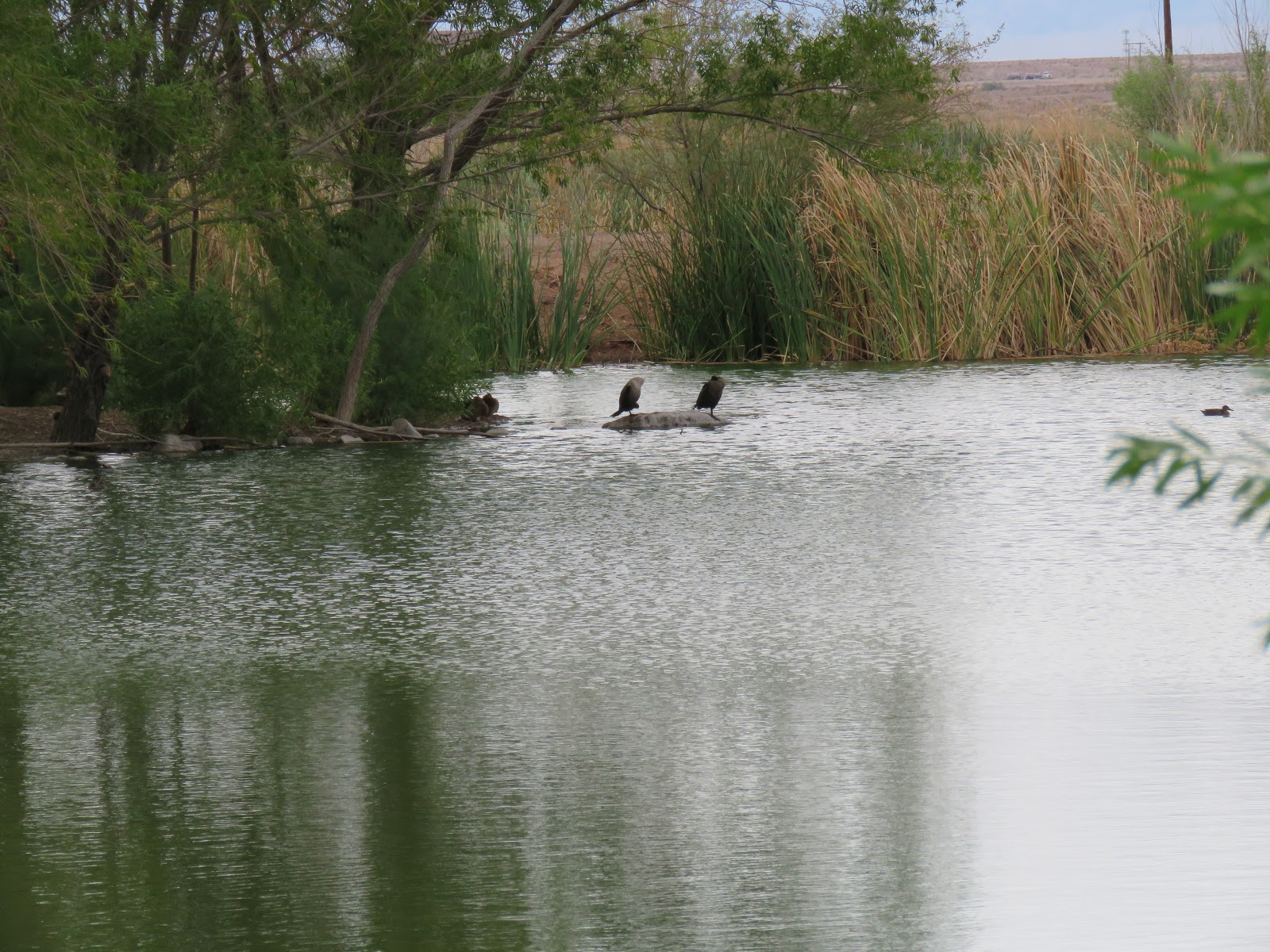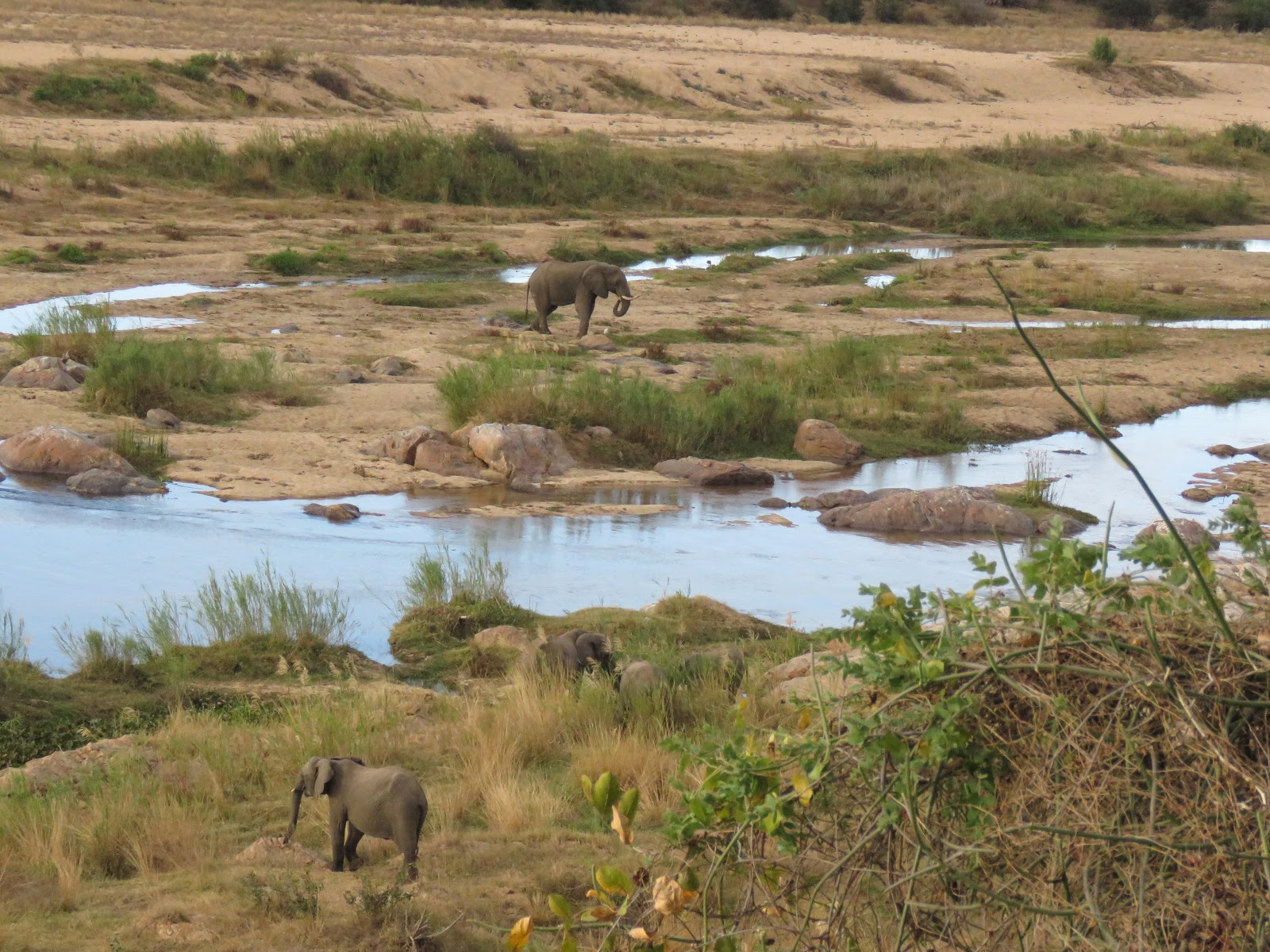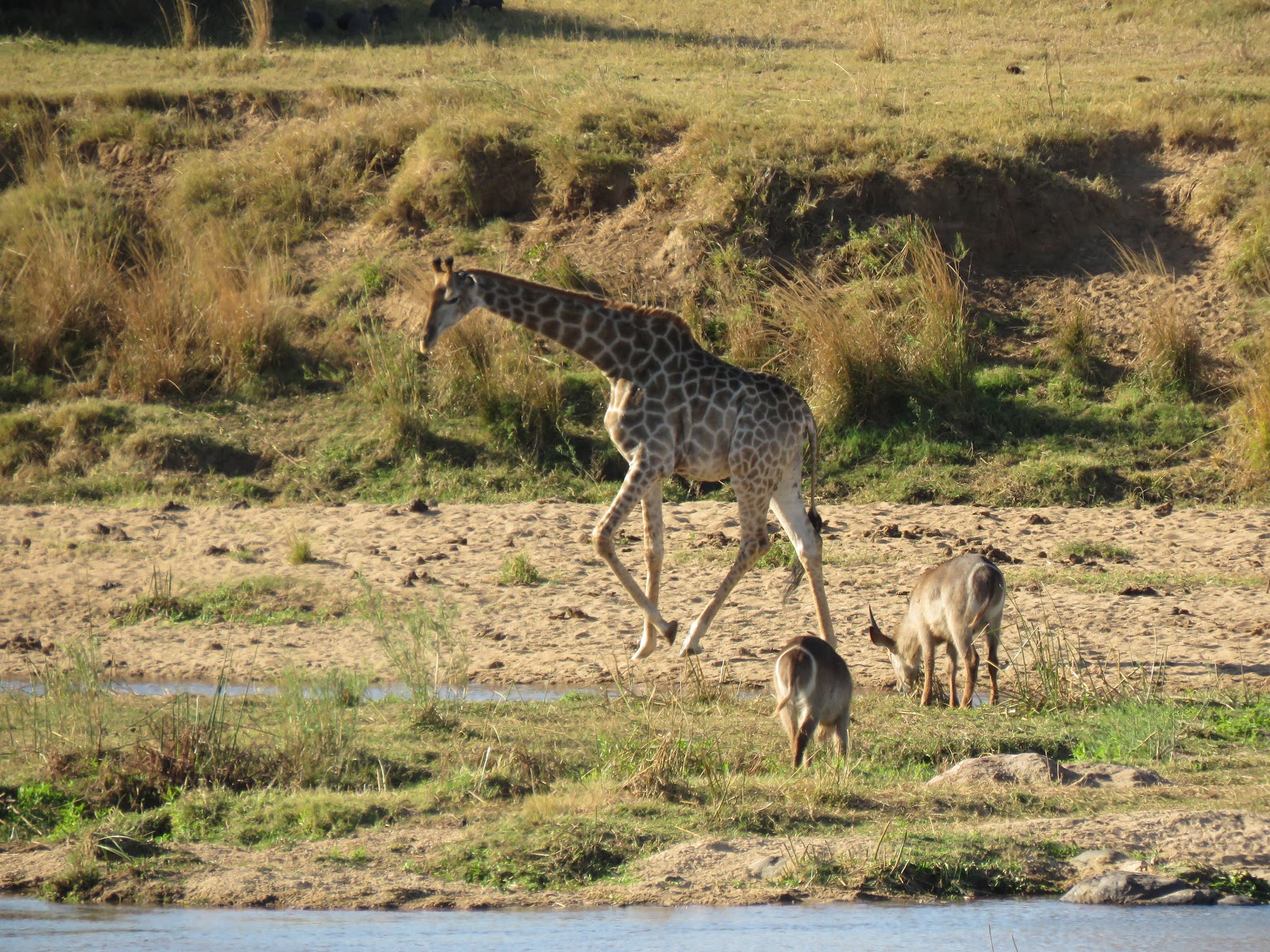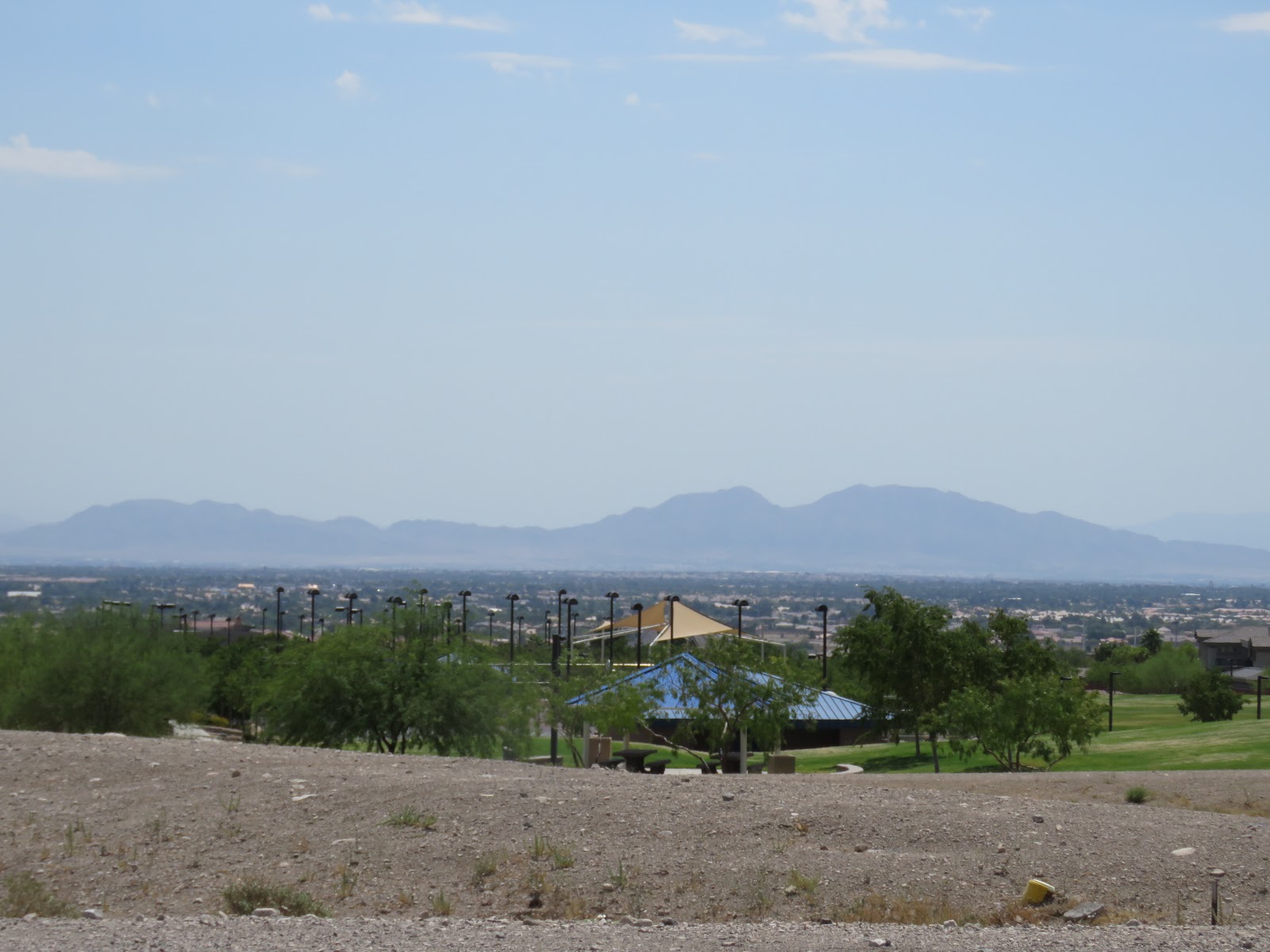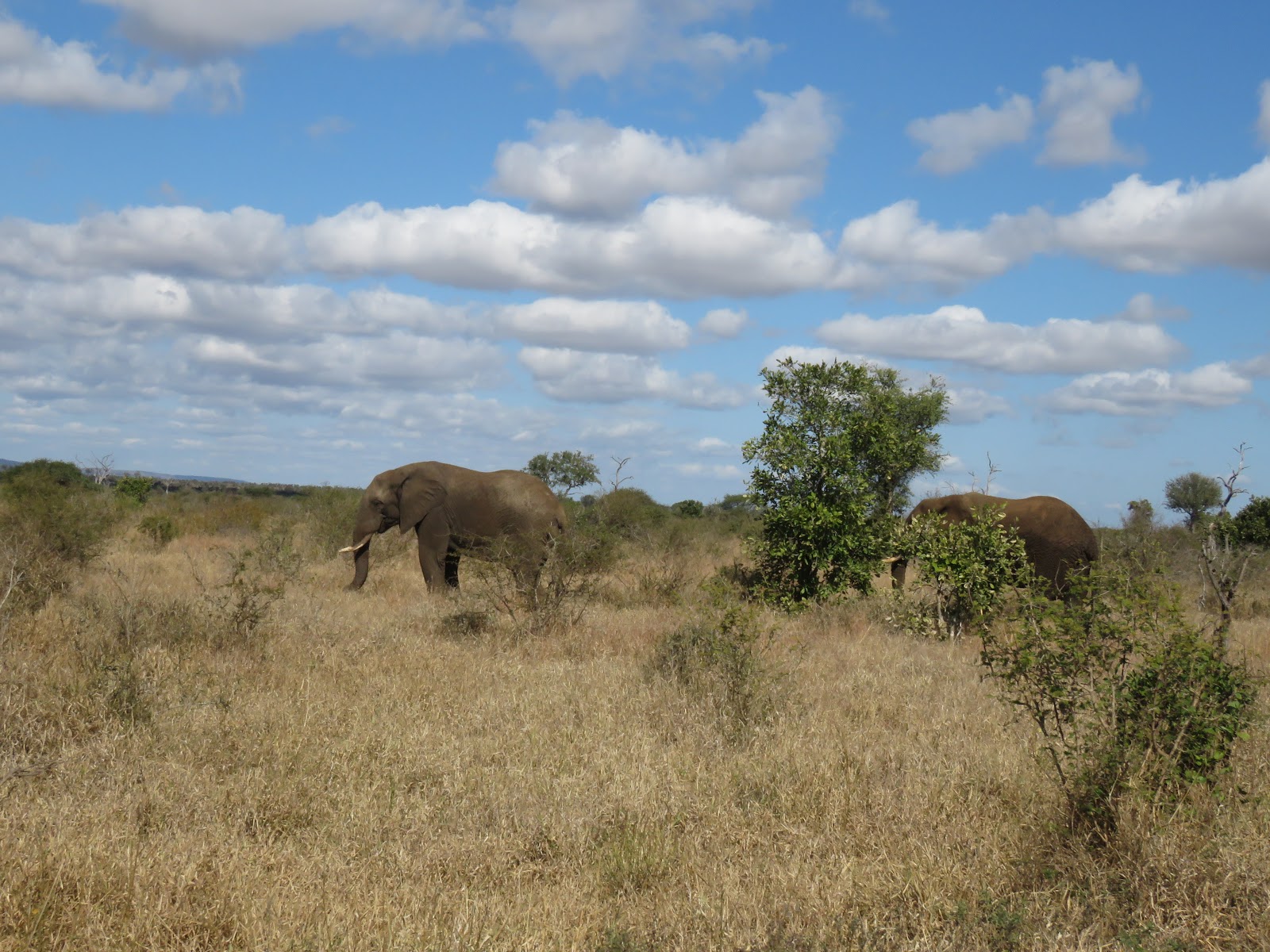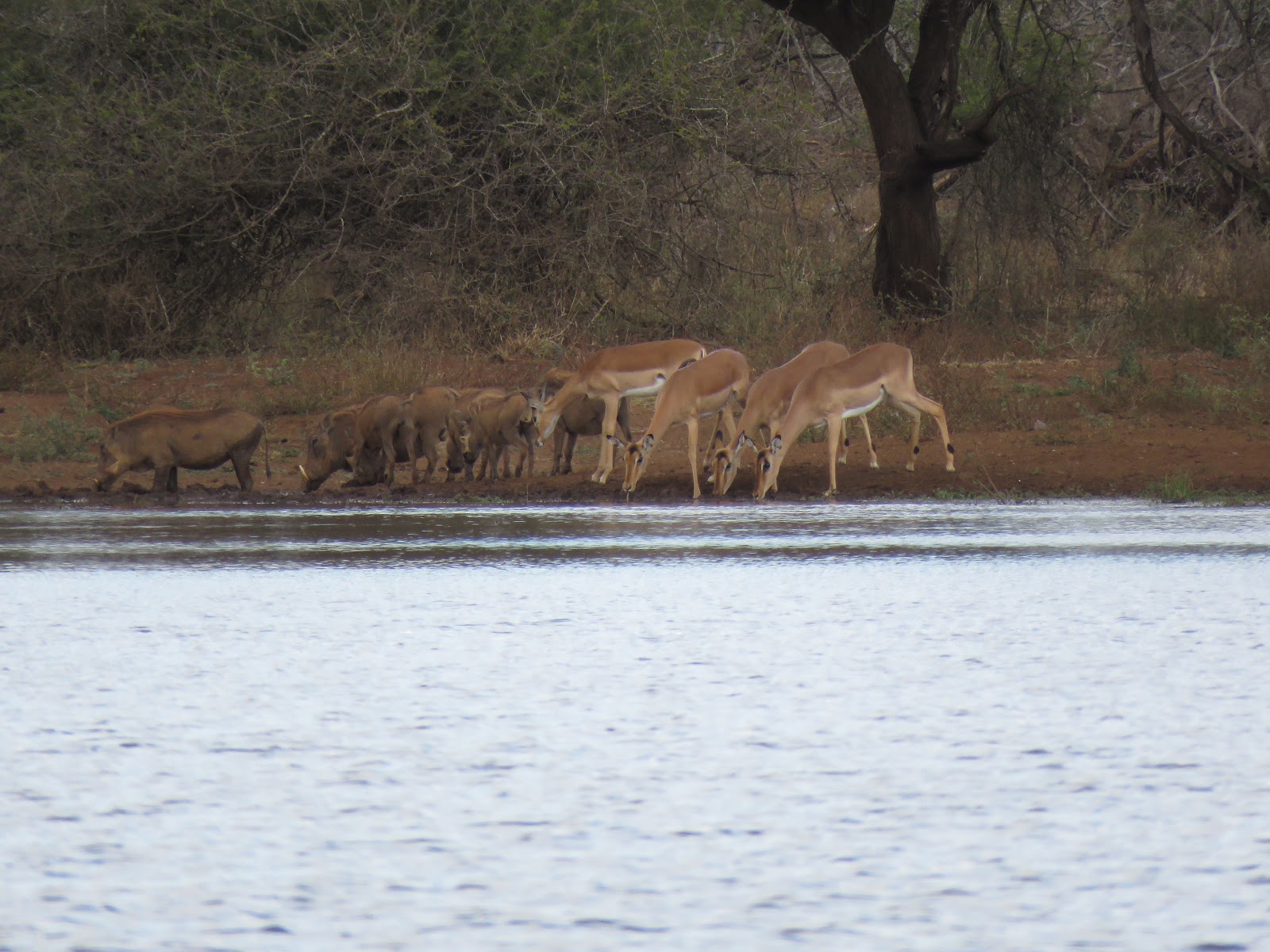 |
| This baby elephant appeared to be no more than a month old. |
“Sighting of the Day in the Bush”
 |
| Frank and the Mrs. eating seeds we placed on the ground for them. They often wait in this spot until we see them hoping we’ll drop some seeds. We always comply. Frank chirps with happiness when he eats the seeds. |
After almost six years of world travel as a result of plenty of advance planning, it’s an oddity for us to live in a state of uncertainty. It’s possible that on November 21st, we may have to leave the country.
 |
| Elephants as seen through the fence between Marloth and Kruger parks. |
In the worst-case scenario, we can find a few hotels where we can stay if necessary, although it’s not the most ideal scenario. The longest we’ve stayed in a hotel was in Minnesota for six weeks in 2017 when we visited the family.
Again, when we return to Minnesota in April, we’ll stay at the same conveniently located hotel where we received an excellent “corporate” rate to offset (to some degree) the high cost of living in expensive Minnesota and dining out for most meals.
 |
| A male impala by the Crocodile River. |
Breakfast was included and since we don’t care to eat lunch, this keeps our dining out costs subject to the evening meal only. Thus, if we are forced to leave South Africa in November, losing the non-refundable airline tickets we had to purchase in order to apply for the visa extension, we’ll have to tighten our belts and find hotels that at least include breakfast, free wi-fi, and access to self-serve laundry.
Three months would be a long time to spend in a hotel. Finding a holiday home with less than one week’s notice is unlikely unless there had been a last-minute cancellation. Otherwise, all the good properties, albeit affordable, would be long gone.
 |
| It’s a rare occasion that we don’t see elephants when we drive along the river. |
Are we losing sleep over this? Surprisingly, no. Nor are we “down in the dumps” worrying day after day. One thing we do know for sure, whatever transpires, we’ll figure it out.
Instead, we’ve decided to continue to embrace this paradise-like environment filled with wildlife, unusual adventures, and of course, our many fine friends. Speaking of fine friends, last night Louise and Danie stopped by for sundowners around 5.
 |
| As spring arrives and temperatures climb, more and more wildlife make their way to the river to cool off and drink |
We served a few low carb snacky-type things (they do low carb also, called the Banting diet here in South Africa) such as raw zucchini strips, yellow peppers, and celery sticks with a mayonnaise-based dipping sauce and fresh cheddar cheese sticks. As always, the conversation was lively and animated.
After they left, we had a light dinner as we welcomed more wildlife into the garden, mostly warthogs, as many as a dozen and three bushbucks, one male duiker, and Loud Mouth the frog. After another very hot day, the evening cool-down was a pleasant relief.
Today, it’s cool and cloudy but we’ve decided to head to Kruger as soon as we upload this post. Next week beginning on Monday and ending Friday entrance into Kruger is free to South African citizens with proper government-issued IDs.
 |
| Soon, when the rains come, all of the bush will be green once again. |
Surely, the park will be jammed next week so today, although Saturday, it shouldn’t be too crowded. As soon as we upload this post, we’ll be on our way, and tomorrow, we’ll share what we’ve discovered on yet another anticipatory journey through the park.
We’re hoping that tomorrow when we return, we’ll do so with lots of exciting photos. A sunny day would have been preferred but sometimes, regardless of the situation, we have to “go with the flow.”
Have a fantastic day.
Photo from one year ago today, September 8, 2017:
 |
| During this rainy season in Costa Rica, every blue sky was a treat. For more photos, please click here. |
























































